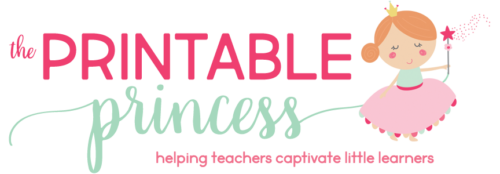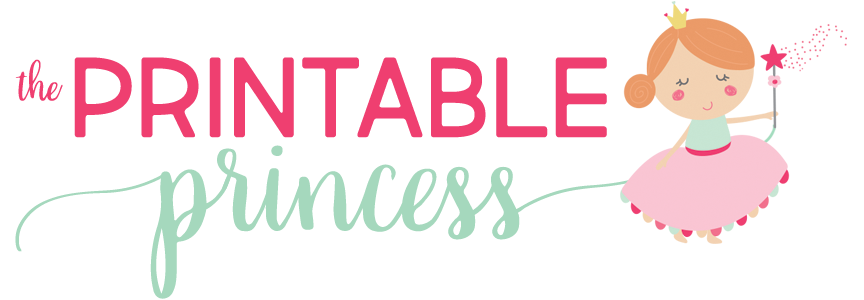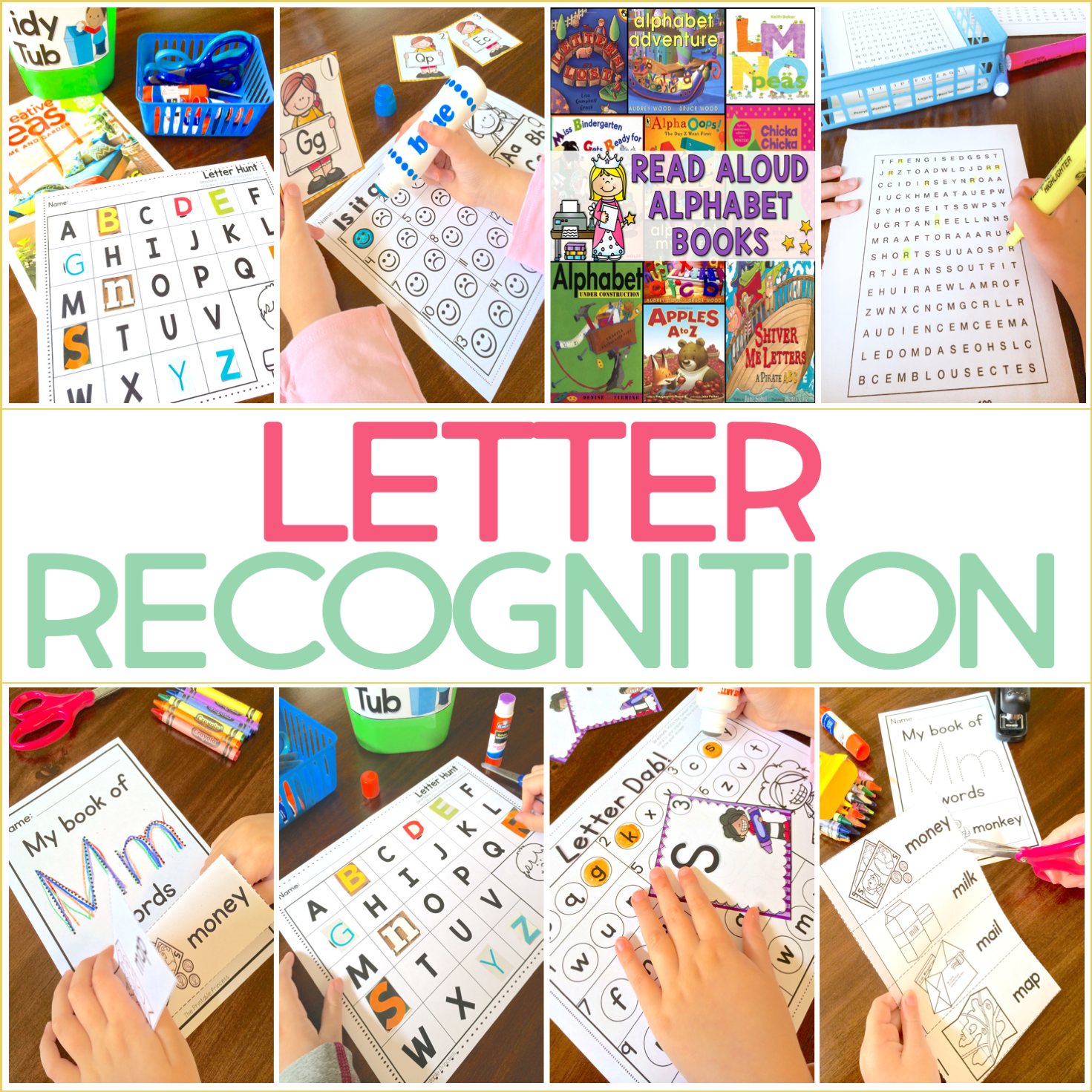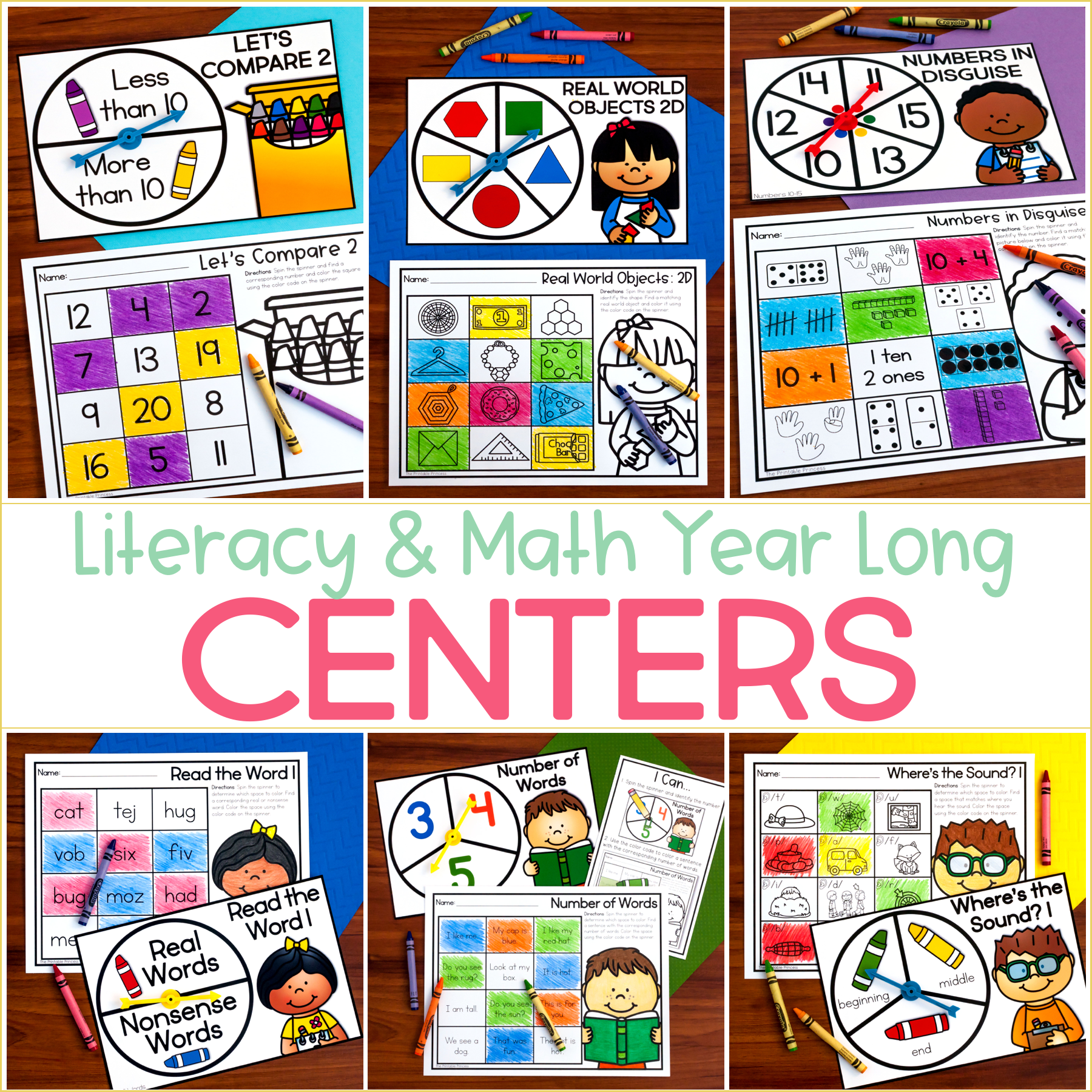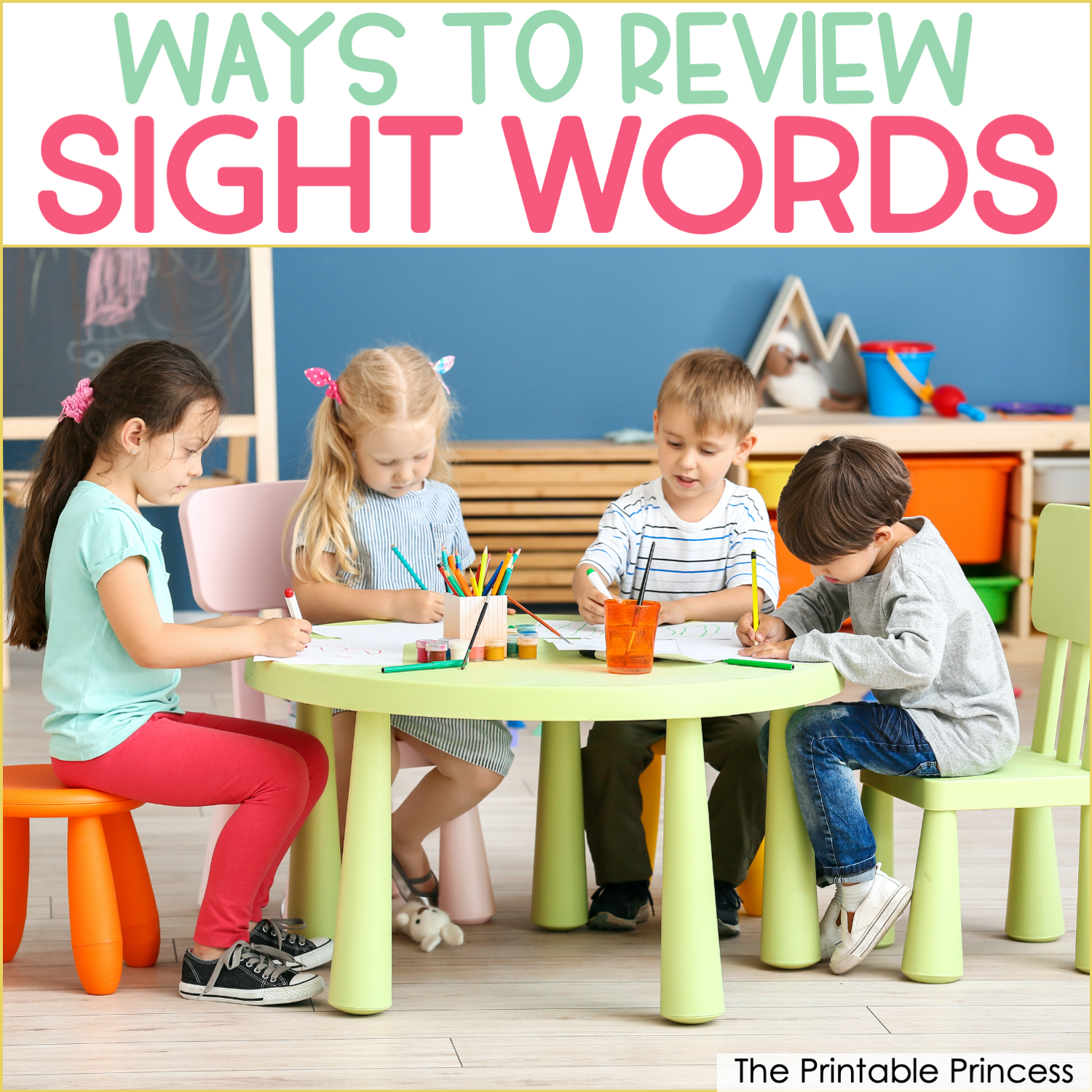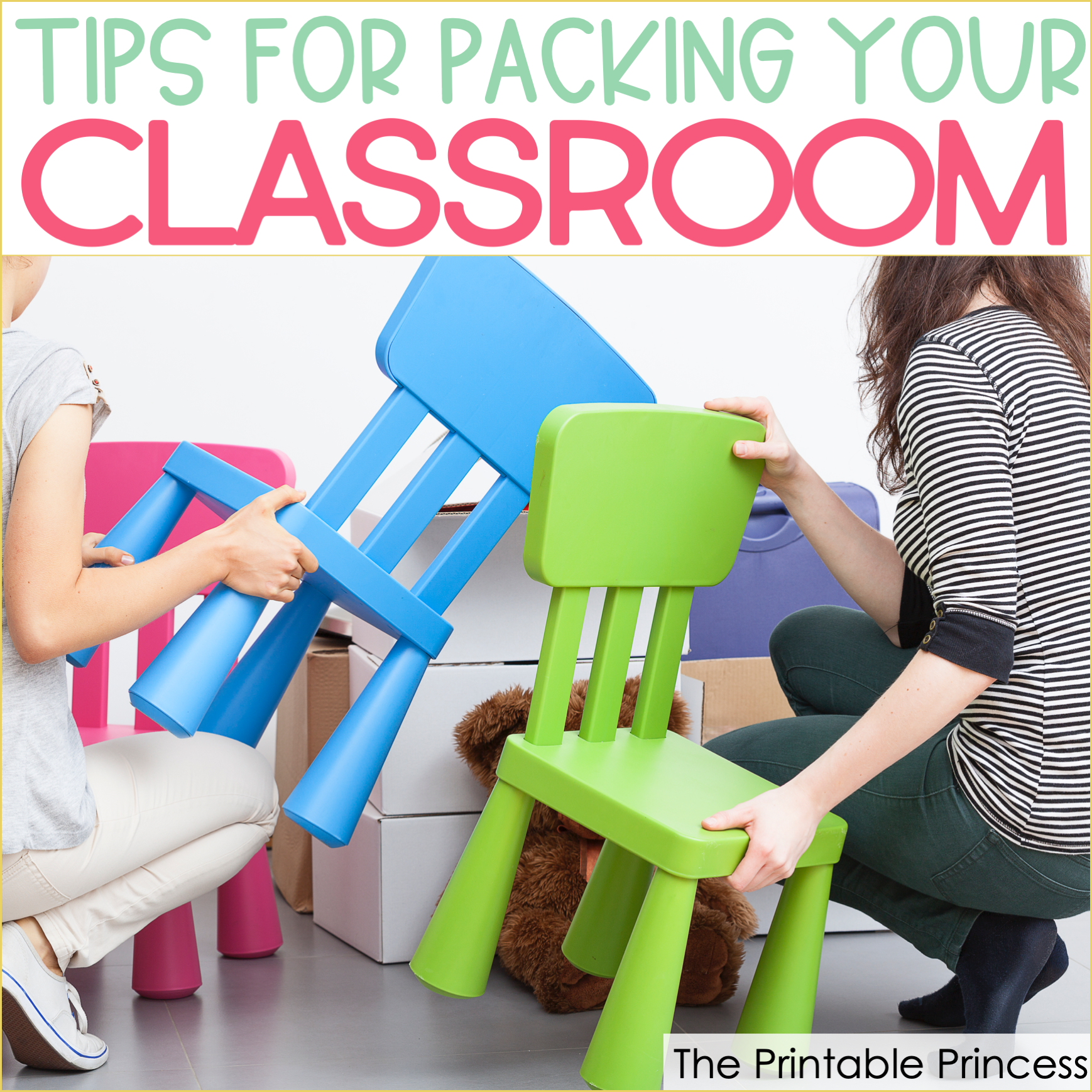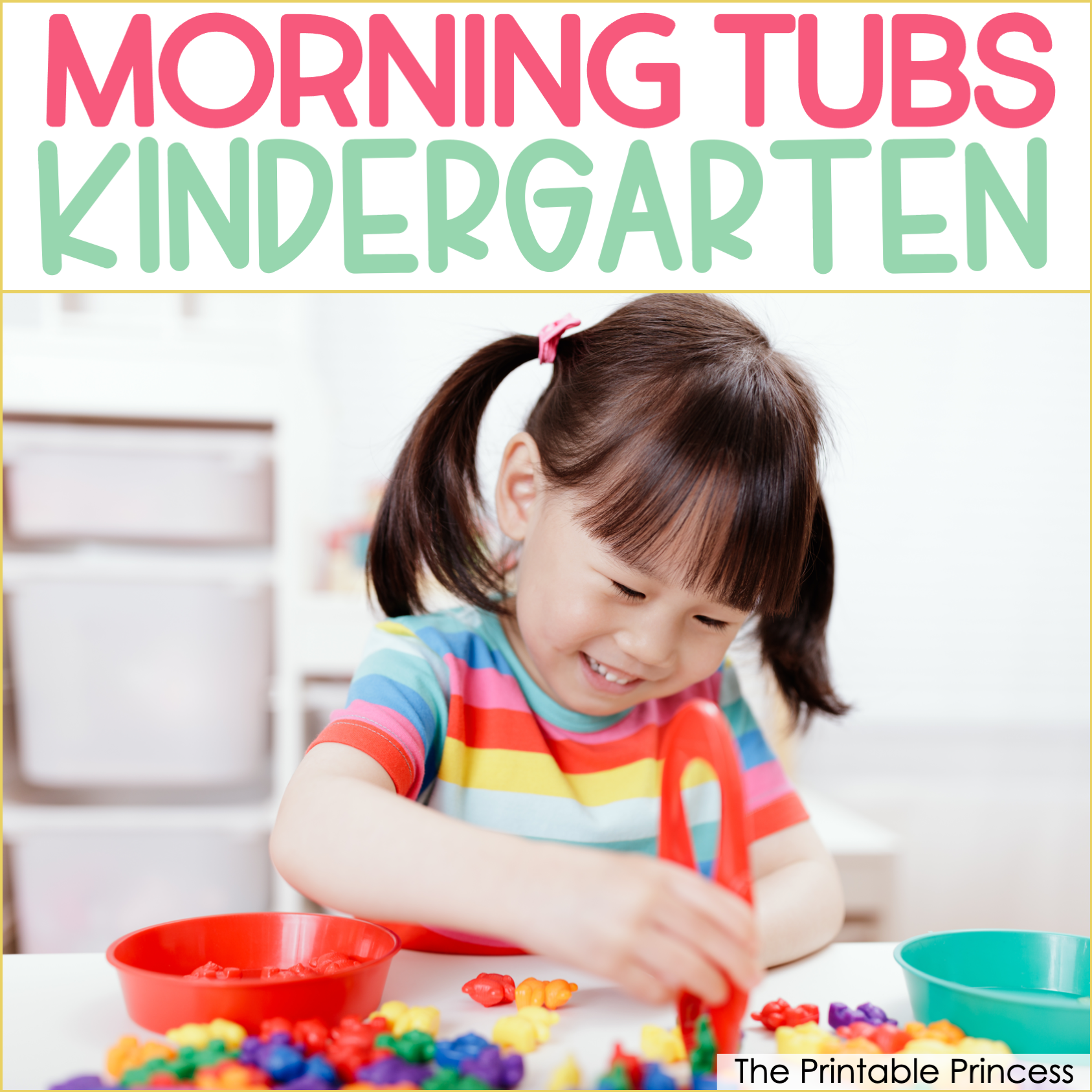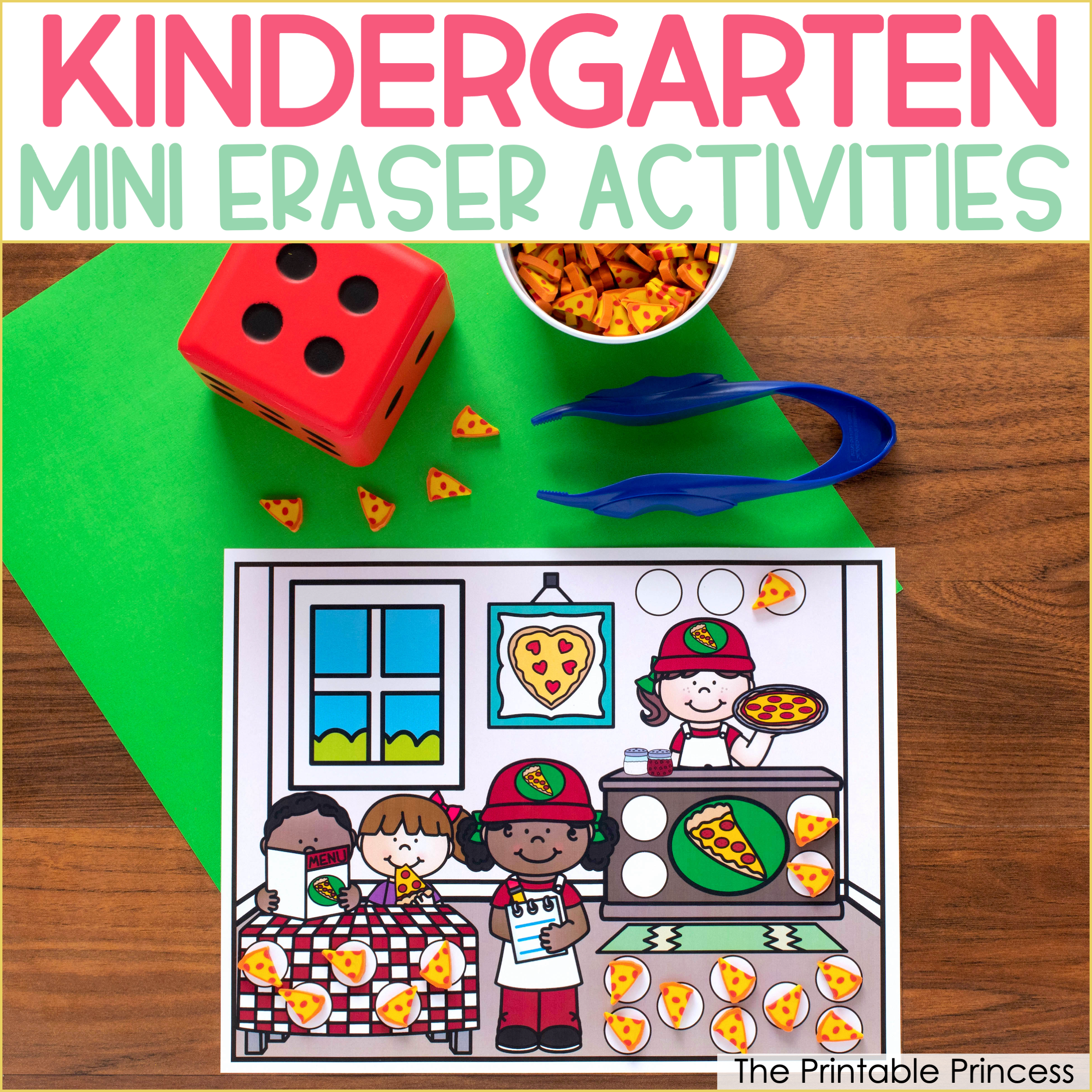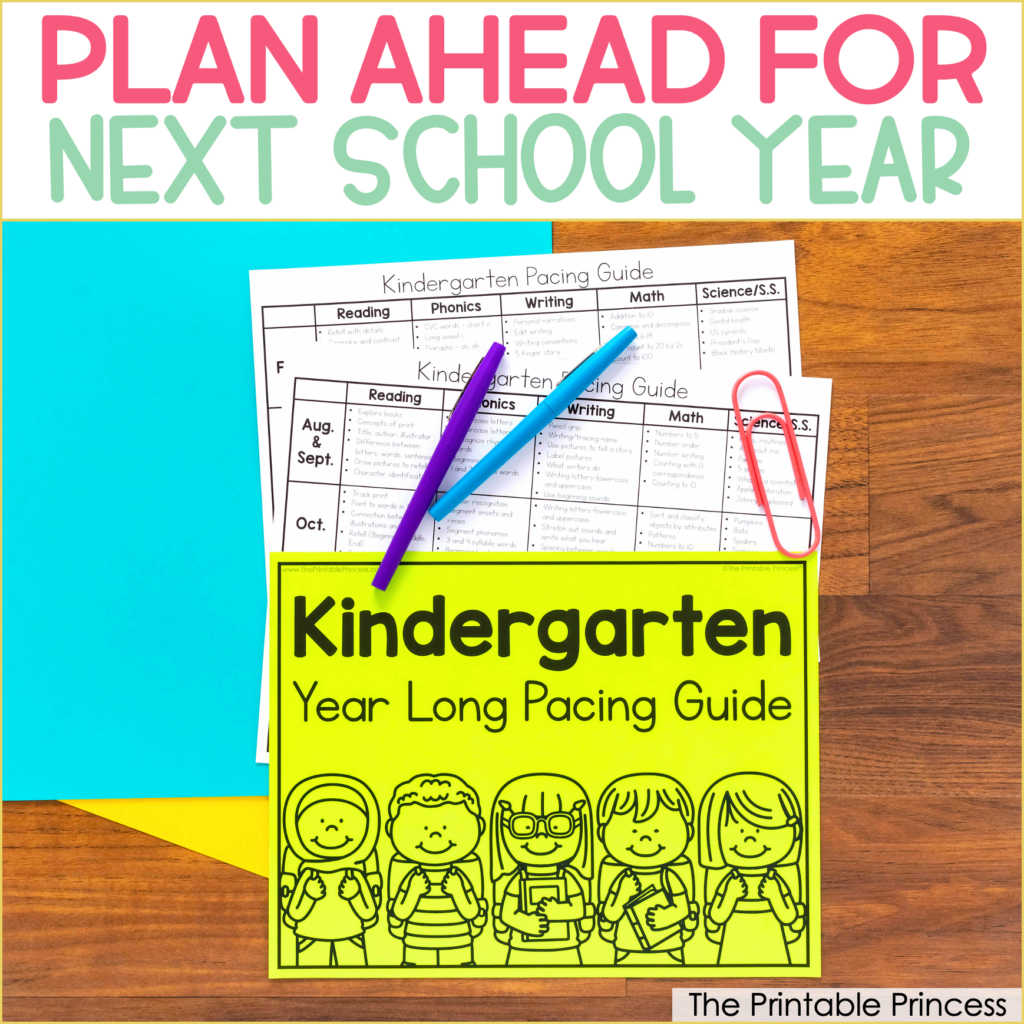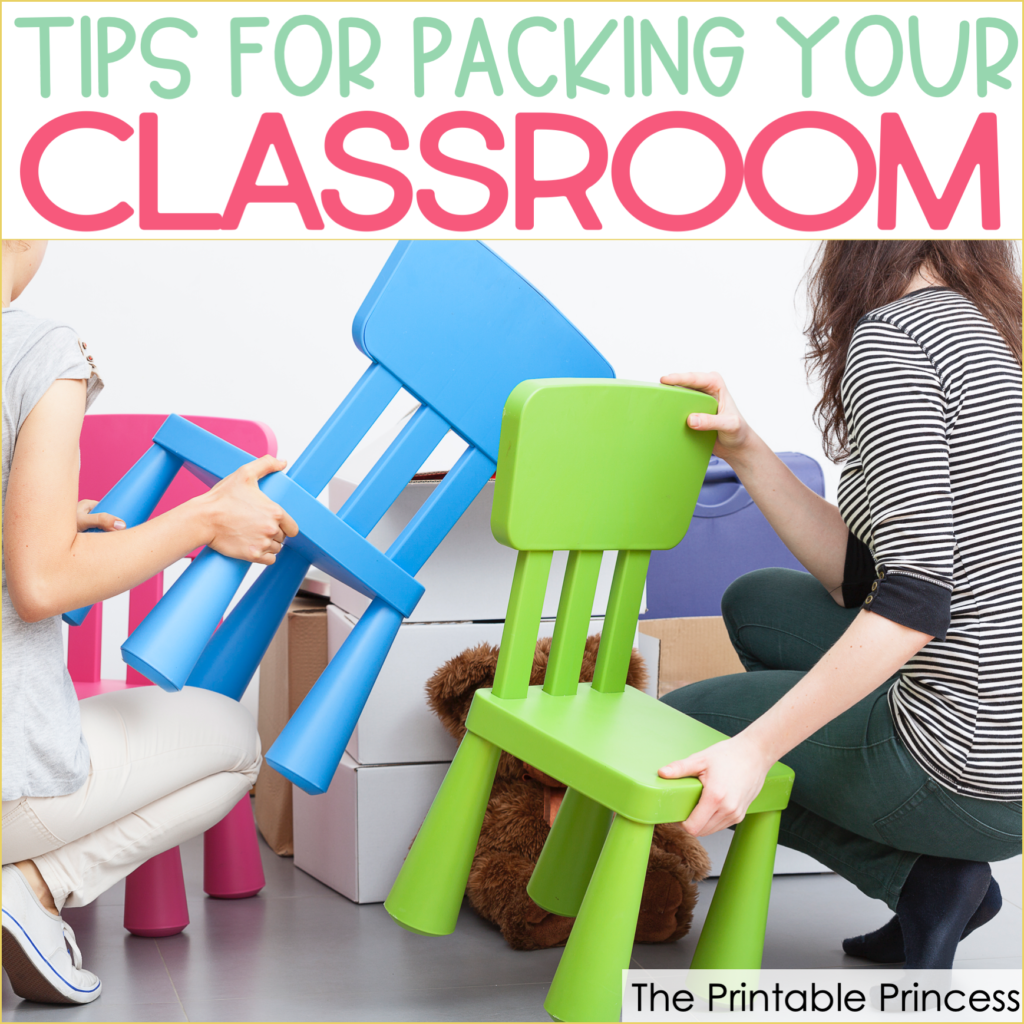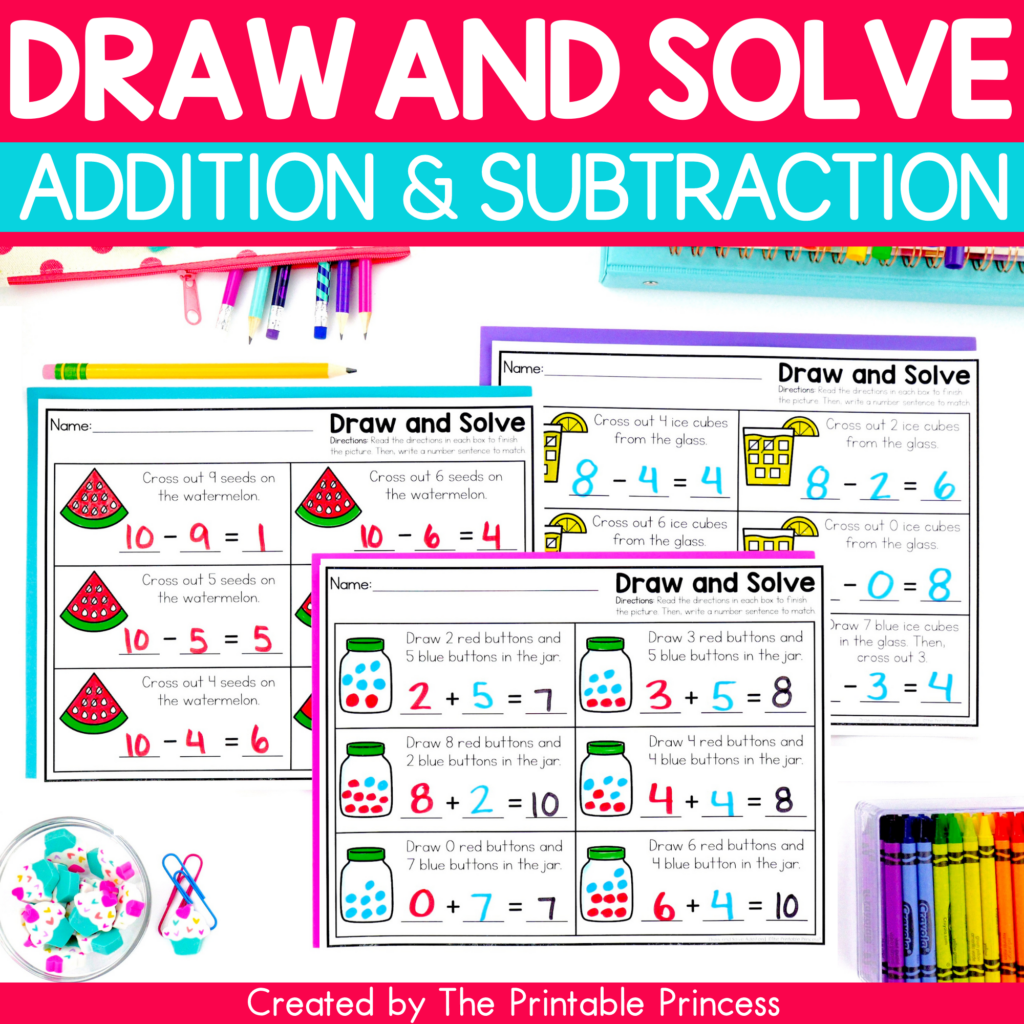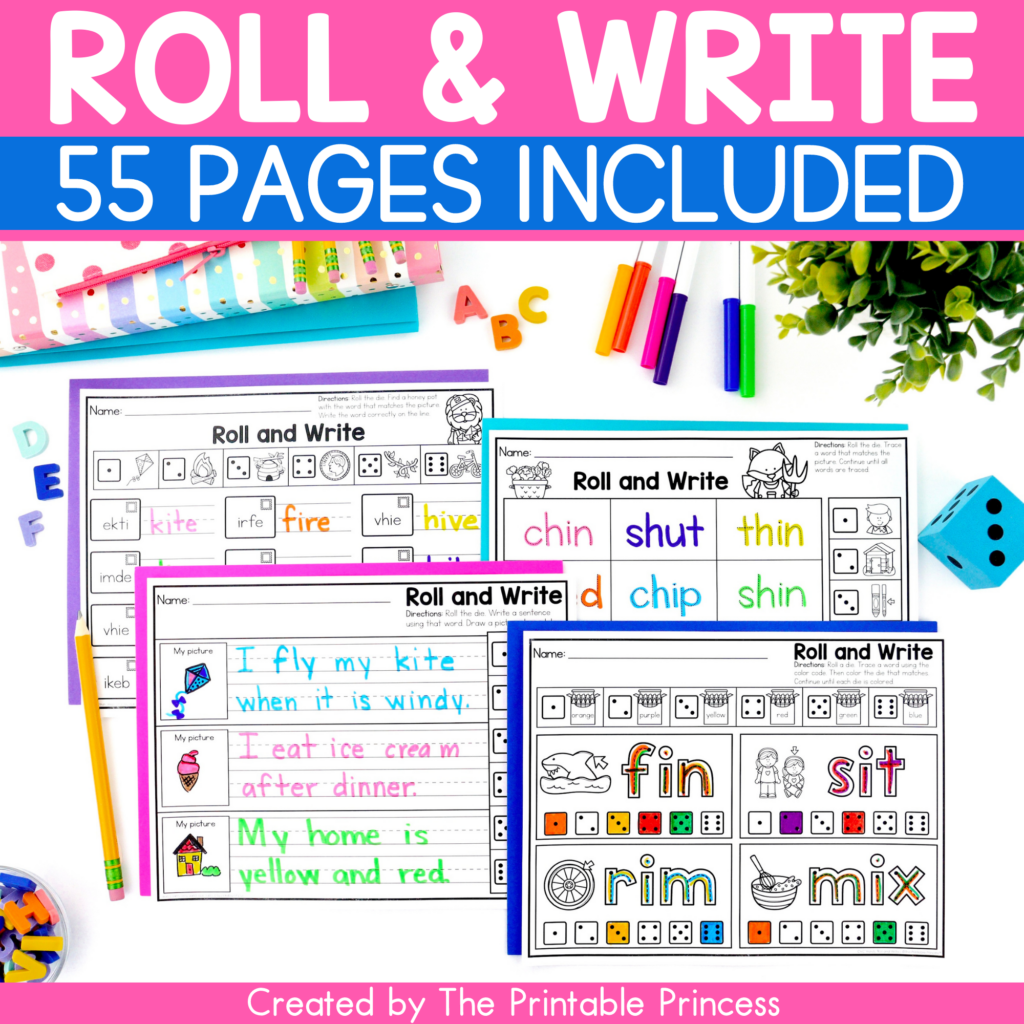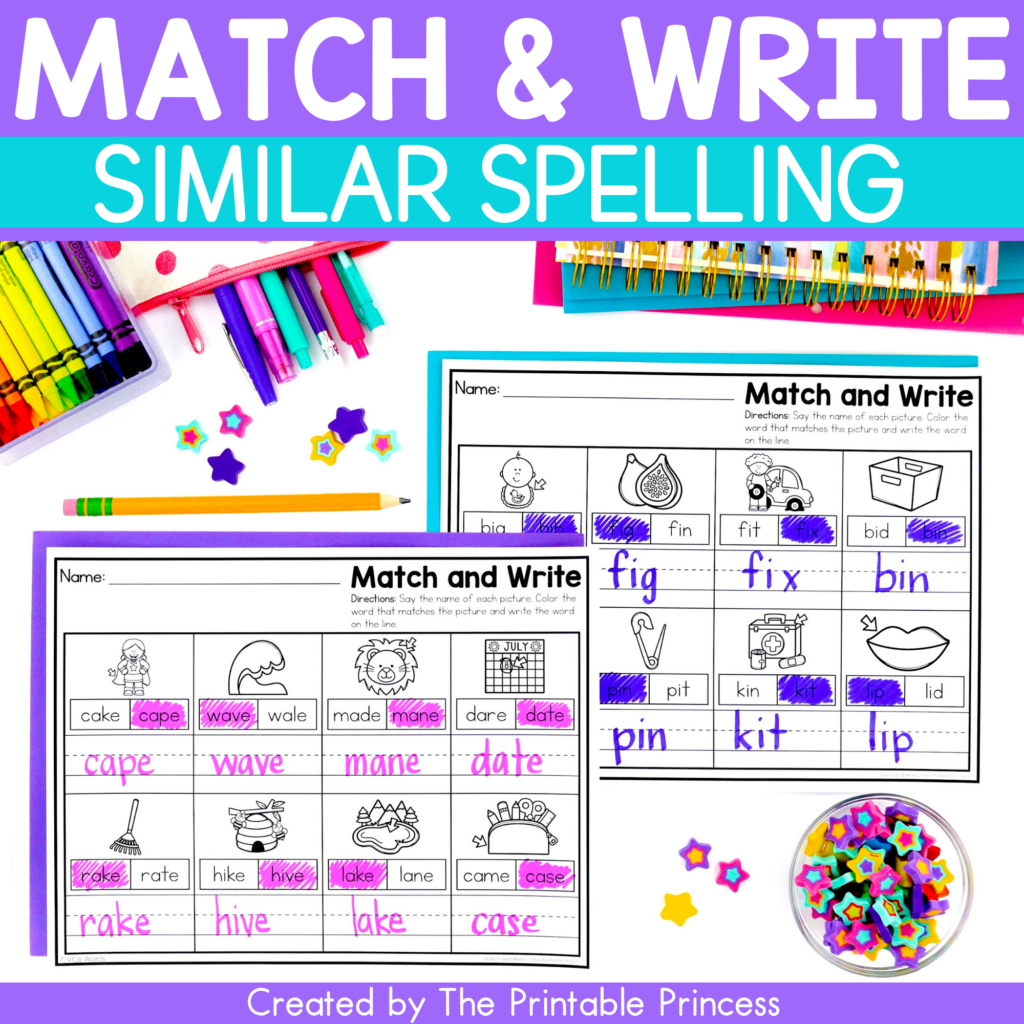Kindergarten Activities to Teach Beginning Digraphs
There’s nothing quite like the look on a kindergartener’s face when you tell them “s” and “h” hold hands to make a brand-new sound. It’s part confusion, part awe—and lots of trial and error.
Teaching digraphs in kindergarten can feel like a big leap for early readers: two letters teaming up to make one sound? That’s next-level stuff!
But like most things in kindergarten, mastering digraphs takes more than a little spark—it takes structure, repetition, and lots of hands-on fun. And if you've ever had to repeat “sh says /sh/” 100 times before lunch, you know what I mean!
This post is full of tried-and-true ideas and activities to teach beginning digraphs in a way that sticks: ready-to-use resources that fit into your routine, keep students engaged, and build the phonics foundation your kinders need to grow into confident readers, no matter how many sounds in the word!
Why Digraphs Matter in Kindergarten
Understanding digraphs is a foundational phonics skill that helps students move from sound-outs to full-on readers. When kids grasp that two letters can work together to make a single sound, the reading world really opens up!
Words like ship, chat, this, and when suddenly become decodable—and that’s the goal.
Plus, digraphs show up early and often in CVCe and CVCC words. Teaching them well lays the groundwork for more of those end-of-the-year phonics skills.
A 2021 study published in Reading and Writing found that children who received systematic instruction in digraphs (and letter clusters) performed significantly better in both decoding and spelling than those who did not.
It’s not just about sounding out words—it’s about giving your students the tools to make meaning from those sounds.
Why Now Is the Perfect Time for Activities to Teach Beginning Digraphs
If you're reading this in the second half of the year, you're right on schedule. At this point, most kinders are solidifying their letter sounds, starting to blend CVC words, and are ready for the next step.
This is the sweet spot where digraphs make their debut… they’re still new enough to be exciting, but not so tricky that they’ll throw your students totally off track (we hope!).
Research from The Journal of Educational Psychology suggests that students benefit most when phonics instruction is timed with their developmental readiness—AKA, when they're just starting to stretch into early decoding and spelling. That’s now, kinder teachers!
Plus, as you start thinking about spring assessments and reading growth, adding in consistent activities to teach beginning digraphs now helps boost decoding skills across the board!
4 Tips for Beginning and Ending Digraph Activities
Teaching digraphs doesn’t have to be tricky! Here’s how to get your students blending and reading in no time:
- Start with Sound Awareness. Before diving into the deep, dark world of digraphs, ensure your students are confident with individual sounds and basic blending. If they’re still shaky there, pause and work on phonemic awareness first. A strong foundation makes everything else easier (for them and you!).
- Digraphs Are Everywhere—Mix It Up! Kids love variety, so keep them on their toes with visuals, interactive activities, and lots of movement. Practice with both beginning and ending digraphs early on—it helps reinforce the concept and gives students more chances to notice them in words they already know.
- Keep It Visual and Hands-On. Kindergarten brains love clear visuals and things they can touch. Use picture cards, anchor charts, and manipulatives that can move around. When kids can see and build the sound, digraphs will click faster.
- Practice, Practice, Practice! Short and sweet wins the race. You don’t need long lessons—just consistent, meaningful digraph practice through morning tubs, centers, and mini-lessons. Bonus points if it feels like play!
The Digraph Teacher Toolbox: Your Go-To for Digraph Activities
The Digraph Teacher Toolbox has everything you need to teach beginning and ending digraphs (hello ch, sh, th, and wh)! From small group games to interactive mats and even pocket chart activities, you’ll have *everything digraph* in one easy-to-use resource!
Some of the kinder-approved digraph practice activities include:
- Digraph Bingo
- Pocket Chart Sorts
- Build-a-Word
- Digraph Crafts
- Quick-Grab Worksheets
… and more!
Take A Peek Inside The Digraph Teacher Toolbox
With over 250 pages of digraph activities, the Toolbox is designed to support the way you teach—whether that’s in a small group, centers, or whole-class instruction.
It’s perfect for introducing new skills, reinforcing phonics, and helping students master digraphs.
The best part? You’ll only need things you already have on hand (think dice, clothespins, mini erasers).
Task Cards & Games:
Whether you’re using clothespins, dice, or spinners, these activities offer interactive ways for your students to practice spelling, reading, and identifying digraphs in words.
Activity Mats & Sorting Games:
Activity mats and games for every (digraph) scenario!
Pocket Chart Activities:
Low-prep phonics that will get your students up, moving, and totally engaged as they blend, match, and sort digraph words!
Craftivities:
Basic supplies but high-impact, creative practice!
What Teachers Are Saying:
“Oh my! So many things to do! Love the centers and the black and white.”
— Sherry G,
“I found such great success with it, I've bought the other tool kits to use!!”
— Jessica W,
Digraph Teacher Toolkit Highlights:




With the Digraph Teacher Toolbox, you'll have the perfect mix of playful, purposeful, and low-prep tools to make learning these sound combos as fun as it is effective!
Simple DIY Ideas to Reinforce Digraphs
Want to squeeze in a few more activities to teach beginning digraphs without staying late after dismissal? Look no further:
Digraph Detective
Grab some magnifying glasses (real or paper cutouts) and turn your classroom into a digraph discovery zone! Write simple digraph words (like ship, chat, bath, when) on sticky notes and “hide” them around the room. As students find each word, they write it down on a recording sheet and draw a picture of the word.
Sound Snack Sort
Use small paper bags or plastic cups labeled with digraphs (sh, ch, th, wh) and a bowl of mini snack items (like Goldfish crackers, pretzels, or cereal). Say a digraph word aloud, and students “feed” the snack into the cup with the correct digraph.

Build-a-Buddy Digraph Craft
Print or draw simple buddy-shaped templates (think silly monsters, robots, or animals). Students pick a digraph (like “sh”) and decorate their buddy with digraph words: shoes, shop, shell, etc. Add speech bubbles for each buddy saying their digraph sound.
Bonus: Display them on a bulletin board titled “Meet Our Digraph Buddies!”
Digraph Hopscotch
Create a hopscotch grid using painter’s tape and write a different digraph in each square. As students hop through, they say a word that starts or ends with the digraph they land on!
Whether you're introducing digraphs for the first time, reviewing them with a small group, or building confidence before assessments, this resource meets you (and your students!) right where you are.
You bring the enthusiasm, the toolbox brings the plan—and your kinders? They’ll bring the “sh” giggles, the “ch” cheers, and all the proud-reader moments in between.
*Wants tip for teaching CVC words? Check out this post!

